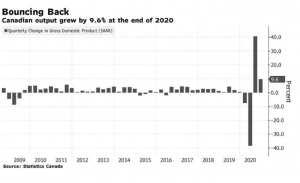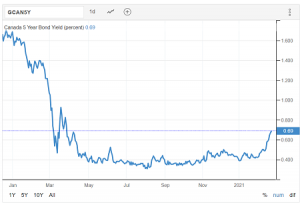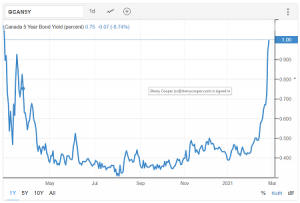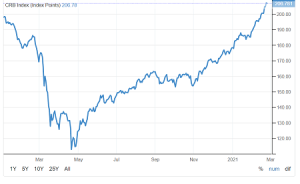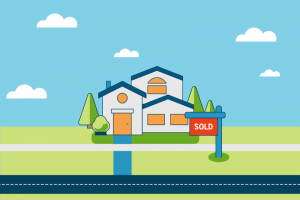
How much do you really know about reverse mortgages? Maybe you know that reverse mortgages can help Canadians 55+ access the equity in their home, tax-free. Maybe you know that tens of thousands of Canadians are using a reverse mortgage as part of their financial plan. But did you know that there are 7 common misconceptions when it comes to understanding reverse mortgages in Canada. As Canada’s leading provider of reverse mortgages, HomeEquity Bank can help set the record straight.
common misconceptions about reverse mortgages
1. If you have a reverse mortgage, you no longer own your home
Nothing could be further from the truth. You always maintain title, ownership and control of your home – HomeEquity Bank simply has a first mortgage on the title.
2. You will owe more than the value of your home in the end
Also, untrue. Every CHIP Reverse Mortgage from HomeEquity Bank comes with a No Negative Equity Guarantee(1) which states that as long as you – the homeowner – have met your obligations, the amount you will have to pay on the due date will not exceed the fair market value of your home. In fact, over 99% of HomeEquity Bank’s customers retain equity in their home when they decide to sell, with over 50% of the home’s value remaining after the loan is paid back (on average).
3. Only people younger than 62 can apply for a reverse mortgage
In Canada, the CHIP Reverse Mortgage is available to Canadian homeowners aged 55 and older. In fact, as you age you are more likely to qualify for a higher amount on your loan. A reverse mortgage is a lifetime product and as long as the property taxes and insurance are in good standing, the property remains in good condition, and the homeowner is living in the home full-time, the loan won’t be called even if the house decreases in value.
4. Failure to make payments can result in eviction
This myth is one of the most common when it comes to reverse mortgages. The CHIP Reverse Mortgage does not require any monthly payments, meaning you can’t miss payments in the first place.
5. Arranging a reverse mortgage is very expensive
This is also untrue. Much like a conventional mortgage, an appraisal of your property and independent legal advice is required, and your responsibility to pay for. The only remaining cost is a one-off closing and administration fee. When you compare this to the costs of “rightsizing” to another home, you will find a much more affordable option in a reverse mortgage.
6. Reverse mortgages have much higher interest rates than conventional mortgages
While it’s generally true that interest rates are a bit higher than a traditional mortgage, the difference is not excessive. Plus, making monthly mortgage payments is simply not a viable option for many retired Canadians, and – even if it were – many would struggle to qualify for a traditional mortgage in the first place. For these reasons, many retired Canadians are choosing reverse mortgages over conventional solutions.
7. You won’t be able to pass on your home to your children
The idea that your children won’t be able to inherit your home is a complete myth. Your heirs will always have the option of keeping the property by paying off your reverse mortgage after you pass away. Plus, HomeEquity Bank’s No Negative Equity Guarantee, (1) states that if the home depreciates in value and the mortgage amount due is more than the gross proceeds from the sale of the property, HomeEquity Bank covers the difference between the sale price and the loan amount. Therefore, you will never owe more than the fair market value of the home.
To find out how much you could qualify for, try our reverse mortgage calculator, or contact your DLC Mortgage Professional.
[1] The guarantee excludes administrative expenses and interest that has accumulated after the due date.
Written By: Agostino Tuzi
Post Sponsored by HomeEquity Bank



